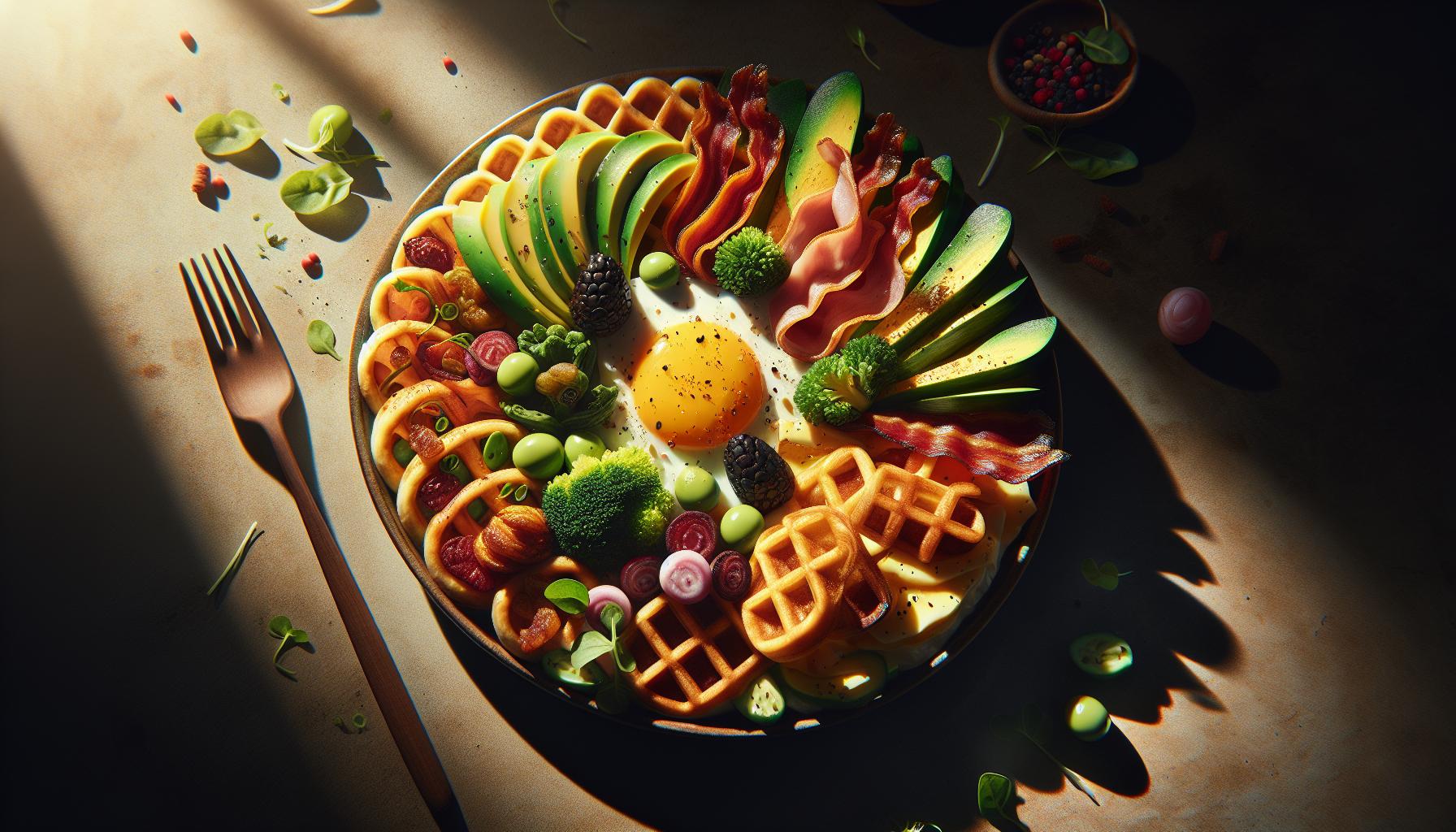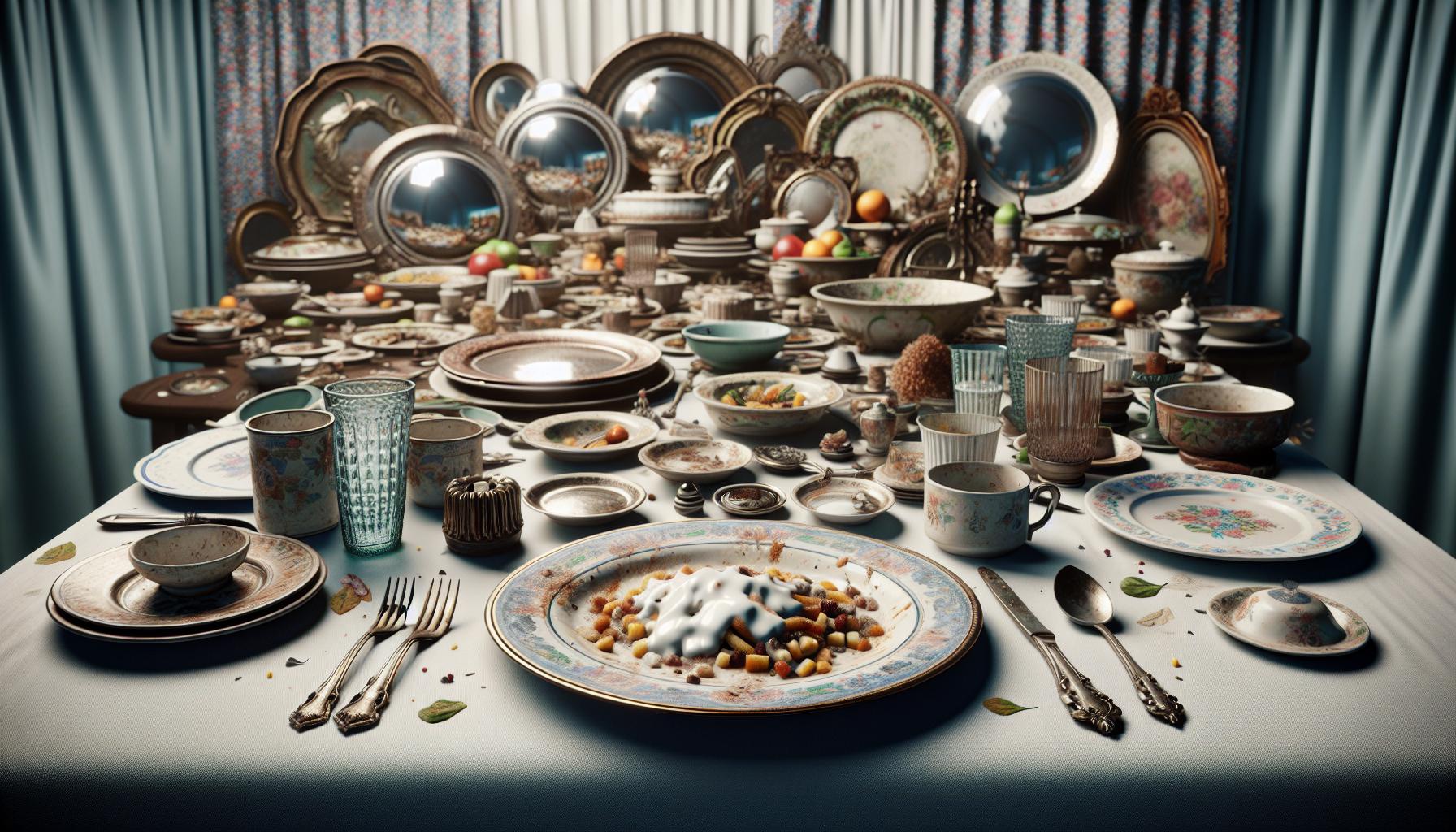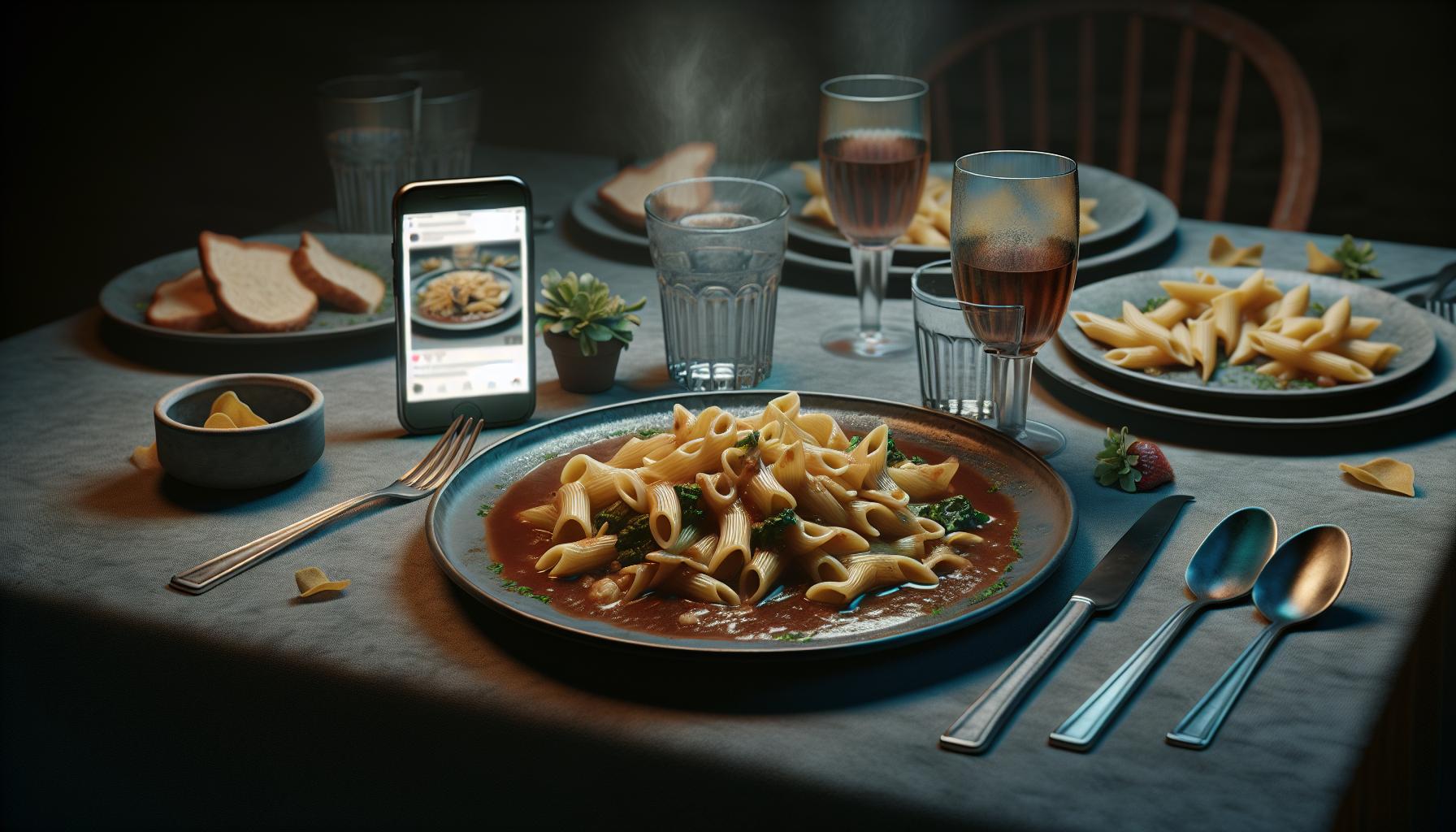In the age of Instagram-worthy meals and food influencers, bad food photography continues to plague social media feeds and restaurant websites everywhere. From poorly lit dim sum to awkwardly angled appetizers these culinary catastrophes make even the most delicious dishes look utterly unappetizing.
While everyone loves sharing their dining experiences online it’s crucial to understand why some food photos miss the mark. Whether it’s the dreaded yellow cast of indoor lighting or the unflattering flash that makes everything look like it’s been deep-fried in plastic these photographic faux pas can turn a five-star meal into something that belongs in a horror movie. It’s time to explore the common mistakes that transform tempting treats into visual disasters and learn how to avoid them.
Bad Food Photography
Bad Food Photography: stems from technical errors that diminish the visual appeal of dishes. These mistakes transform appetizing meals into unappealing images that fail to capture the true essence of the food.
Common Lighting Mistakes
Harsh overhead lighting creates unflattering shadows that make food appear flat and unappetizing. Direct flash photography produces glare on shiny surfaces like sauces plates while washing out colors textures. Dark or dimly lit environments result in grainy images where food details become indistinguishable. Mixed lighting sources combine different color temperatures creating unnatural tints that alter the food’s true appearance. Backlighting silhouettes the food leaving important details in shadow while creating distracting bright spots in the background.
Poor Composition Choices
Cluttered backgrounds compete with the main dish drawing attention away from the food. Improper angles distort portion sizes making dishes appear smaller or larger than reality. Messy plating with spills drips smudges on plates edges creates an unprofessional presentation. Photographing food at eye level flattens dimension depth failing to showcase layered ingredients textures. Tight cropping cuts off essential elements of dishes preventing viewers from seeing complete plating presentations. Random placement of utensils garnishes props disrupts visual flow creates chaos in the frame.
Technical Issues That Ruin Food Photos

Technical mishaps in food photography create unappealing images that fail to showcase the true beauty of culinary creations. Proper equipment settings and lens choices play crucial roles in capturing appetizing food photos.
Wrong Camera Settings
Incorrect camera settings transform appetizing dishes into unappetizing images. Low shutter speeds cause motion blur when photographing steam or movement. ISO settings above 3200 introduce visible noise that degrades image quality. Auto white balance settings produce inconsistent colors across food photos. Manual mode at f/5.6-f/8 aperture settings maintains optimal depth of field for food subjects. Setting white balance to match ambient lighting (5500K for daylight 3200K for indoor) ensures accurate food colors.
Inappropriate Lens Selection
Lens choice impacts food photography’s perspective and visual appeal. Wide-angle lenses under 35mm distort food proportions creating unflattering stretched edges. Telephoto lenses above 100mm compress scenes eliminating depth perception. Prime lenses between 50-85mm capture food’s natural proportions with pleasant background blur. Macro lenses enable detailed close-ups of texture details like bread crusts cookie crumbs sauce droplets. Fixed aperture lenses at f/2.8 or wider provide consistent exposure control across various lighting conditions.
Styling and Presentation Problems

Food styling failures undermine food photography regardless of technical expertise or equipment quality. Poor presentation choices create images that diminish the appeal of dishes rather than enhance them.
Messy Plating
Disorganized plating transforms appetizing dishes into visual chaos. Food spills on plate rims create distracting elements that draw attention away from the main dish. Overcrowded plates with competing elements confuse viewers about the focal point. Common plating errors include:
- Drips splattered across serving vessels
- Fingerprints visible on plate edges
- Uneven portion distribution
- Random garnish placement without purpose
- Food elements falling off or sliding on the plate
Unflattering Props and Backgrounds
Distracting backgrounds and inappropriate props diminish food photography’s impact. Busy patterns compete with the food for attention while dated serving pieces age the image instantly. Key presentation mistakes include:
- Chipped or scratched plates showing wear
- Clashing patterns between linens tablecloths tableware
- Reflective surfaces creating unwanted glare
- Plastic containers detracting from food quality
- Cluttered table settings overwhelming the dish
- Dated props revealing image age
- Wrinkled linens appearing unprofessional
The staging elements surrounding food require as much attention as the dish itself to create appealing photography.
The Impact of Bad Food Photos on Businesses

Poor food photography directly affects restaurant revenue through decreased customer engagement and diminished brand perception. Research indicates that 75% of consumers base their dining decisions on food photos they see online.
Social Media Disappointment
Bad food photos generate negative social media engagement, reducing a restaurant’s organic reach and customer trust. Studies show that posts with unappealing food images receive 60% fewer likes and shares compared to professionally shot content. Instagram users scroll past dark, blurry, or poorly composed food photos in 0.3 seconds. Restaurants face immediate backlash through negative comments when posted images fail to match the actual dining experience, leading to:
- Decreased follower engagement rates
- Reduced social proof from customer shares
- Lower visibility in platform algorithms
- Damaged brand reputation across platforms
Lost Marketing Opportunities
Poor food photography costs restaurants valuable marketing opportunities in multiple channels:
| Marketing Channel | Impact of Bad Photos | Revenue Loss % |
|---|---|---|
| Social Media | 67% lower engagement | 15-25% |
| Website Traffic | 45% bounce rate | 20-30% |
| Online Orders | 53% abandonment | 25-35% |
- Reduced conversion rates on delivery apps
- Limited press coverage opportunities
- Fewer influencer collaboration requests
- Decreased effectiveness of paid advertising
- Lost potential for viral content creation
How to Fix Common Food Photography Mistakes
Lighting Solutions
Natural light enhances food photography through window placement at a 45-degree angle to the subject. Diffusing harsh sunlight creates soft shadows using a white sheet or translucent curtain. A reflector positioned opposite the light source fills shadows for balanced illumination.
Composition Improvements
Proper framing transforms food photos by positioning dishes at the rule-of-thirds intersections. Creating depth involves layering elements like ingredients garnishes props at varying distances. Negative space around the main subject draws attention to the food’s details.
Camera Settings Optimization
Manual mode control delivers consistent results through:
| Setting | Recommended Range | Purpose |
|---|---|---|
| Aperture | f/2.8 – f/5.6 | Creates background blur |
| ISO | 100 – 400 | Minimizes grain |
| Shutter Speed | 1/60 – 1/200 | Ensures sharpness |
Styling Refinements
Clean plating elevates food presentation by:
- Wiping plate edges before shooting
- Adding garnishes strategically for color contrast
- Using appropriately sized plates for portion balance
- Arranging ingredients with intentional placement
Background Selection
Simple backgrounds showcase food through:
- Neutral colored surfaces
- Textured materials like marble linen wood
- Complementary props that enhance the story
- Consistent color schemes across image sets
Post-Processing Techniques
Subtle editing enhances food photos via:
- White balance adjustment for natural color
- Exposure fine-tuning for proper brightness
- Selective sharpening of key details
- Color temperature matching across series
Each correction builds upon the previous focusing on one aspect at a time for steady improvement in food photography quality.
Impact a Restaurant’s Success
Bad food photography can significantly impact a restaurant’s success in today’s digital-first world. With proper techniques simple adjustments and attention to detail businesses can transform their food imagery from mediocre to mouth-watering.
The key lies in mastering the fundamentals: proper lighting composition and styling. By avoiding common pitfalls and implementing proven solutions restaurants can create compelling visual content that attracts customers and drives engagement across all platforms.
Remember that every food photo represents a business’s brand and reputation. Taking the time to improve food photography skills isn’t just about creating prettier pictures – it’s an investment in long-term success and customer engagement.

